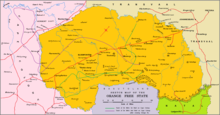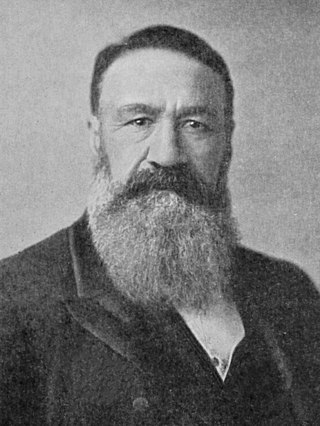
Petrus Jacobus Joubert, better known as Piet Joubert, was Commandant-General of the South African Republic from 1880 to 1900. He also served as Vice-President to Paul Kruger from May 1883 to October 1884 and from May 1896 until his death. He served in First Boer War, Second Boer War, and the Malaboch War.

Joachim Johannes Ferreira was a Boer commandant of the First Boer War. This general J. Ferreira should not be confused with general I. Ferreira.

Fouriesburg is a small town situated at the junction of the R711 and R26 routes in the eastern Free State, South Africa. It is near the Maluti Mountains and only 10 km from Caledon's Poort border post, which gives access to Lesotho.

Christiaan Rudolf de Wet was a Boer general, rebel leader and politician.
The Slachter's Nek Rebellion was an uprising by Boers in 1815 on the eastern border of the Cape Colony.
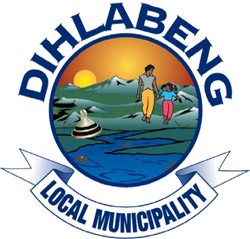
Dihlabeng Municipality is a local municipality within the Thabo Mofutsanyane District Municipality, in the Free State province of South Africa. It was established after the first general local government elections on 5 December 2000, which heralded the final phase of local government reform as envisaged in 1994 at the onset of the process of democratisation and the end of apartheid. The seat is Bethlehem.
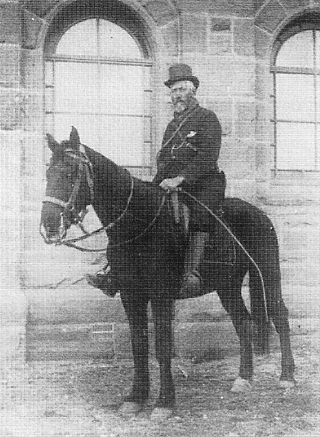
Christoffel Cornelis Froneman, commonly known as Stoffel Froneman, was veldkornet, general and Vice-Commander-in-Chief of the Orange Free State Boer forces during the Anglo-Boer War of 1899-1902.
The Battle of Naauwpoort Nek refers to a clash between the Trekboers and Basotho warriors on 29 September 1865. Naauwpoort lies immediately to the north of the Free State town of Clarens.
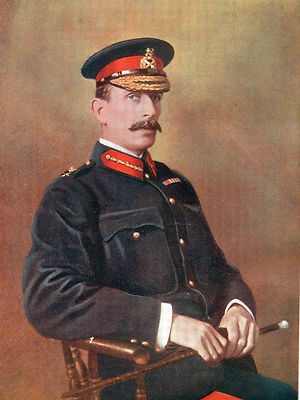
Major General Ralph Arthur Penrhyn Clements,, commonly known as R. A. P. Clements, was a senior British Army officer.
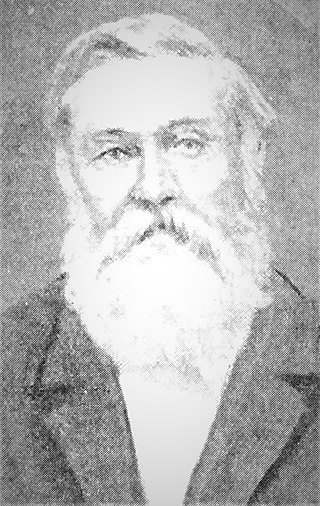
Marthinus Prinsloo was an Orange Free State Boer farmer, politician and general in the Second Boer War (1899-1902). He was born of Nicolaas Frans Prinsloo and Isabella Johanna Petronella Rautenbach in the district of Graaff-Reinet, South Africa who migrated to the Orange Free State where they lived in Bloemfontein, Waterval and Bethlehem. Marthinus Prinsloo was the eldest brother of Orange Free State assistant chief commander Antonie Michael Prinsloo.

Paul Hendrik Roux was a Second Boer War general and a Protestant pastor in the Dutch Reformed Church in South Africa (NGK).
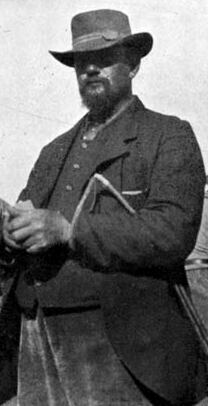
Pieter Daniël de Wet was a Boer general in the Anglo-Boer War (1899–1902) and a younger brother of Boer general and politician Christiaan de Wet. Piet de Wet participated in the Battle of Poplar Grove, the Battle of Sanna's Post for the waterworks there, and defeated the 13th Battalion Imperial Yeomanry at Lindley. In July 1900, he surrendered to the British at Kroonstad, Orange Free State. He became a prominent member of the National Scouts helping the British in the last years of the Boer War.

Christiaan Botha was a younger brother of Louis Botha (1862–1919) and Philip Botha (1851-1901), but an older brother of Theunis Jacobus Botha (1867-1930), and likewise a Boer general in the Second Boer War (1899–1902) who then both fought the British to the end.

Wessel Jacobus Wessels was a Boer general during the Anglo Boer War (1899–1902). He was one of the eleven children of Hermanus Nicolaas Wessels and Johanna Wilhelmina Elizabeth Catharina Wessels. He wed Susanna Magdalena Wessels and had five daughters and four sons by her. Wessel Jacobus Wessels should not be confused with Cornelis (Kerneels) Janse Wessels, who commanded the Boer army at the siege of Kimberley in October 1899 – January 1900.

Philip Rudolph Botha was a Second Boer War general, like his younger brothers Louis (1862-1919), Christiaan (1864–1902) and Theunis Jacobus (1867–1930).

Jonathan Crowther was a Boer war general.
Petrus "Piet" Johannes Fourie was a Boer general for the Orange Free State in the Anglo-Boer War (1899–1902) in South Africa. He should not be confused with his Boer colleagues generals Joachim Christoffel Fourie (1845–1900) and Christiaan Ernst Fourie (1858–1943).
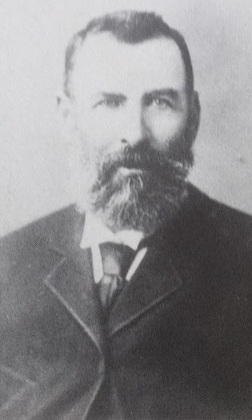
Ignatius "(Oom) Naas" Stephanus Ferreira was an Orange Free State Boer war general and Commander-in-Chief, who was fatally shot at the Battle of Paardeberg. Naas Ferreira should not be confused with his son and namesake Ignatius "Natie" Stephanus Ferreira, the gold miner Ignatius Philip Ferreira, and Boer general J. (Joachim) Ferreira.
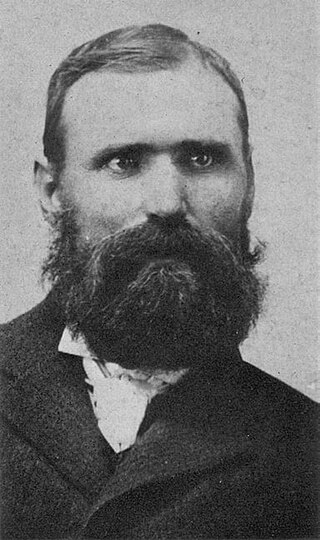
Hendrik Frederik Prinsloo was a Second Boer War commander of the Carolina Commando for the South African Republic who fought and prevailed at the Battle of Spion Kop. His son and namesake Hendrik Frederik Prinsloo (1890–1966) served as an officer in the South African Army in both World War I and World War II.

The Battle of Silkaatsnek was a military engagement in the Anglo-Boer War on July 11, 1900, at the Silkaatsnek mountain pass, between Pretoria and Rustenburg. Boer guerilla's under assistant-commander general Koos de la Rey surprised British troops, using a new guerilla tactic instead of fighting a set-piece battle. On the same day of July 11, 1900, the British also suffered two similar reversals, at Battle of Dwarsvlei in Krugersdorp district and at Onderstepoort, but a few days later, on 16 July 1900, they withstood a Boer attack in the Battle of Witpoort east of Pretoria.
